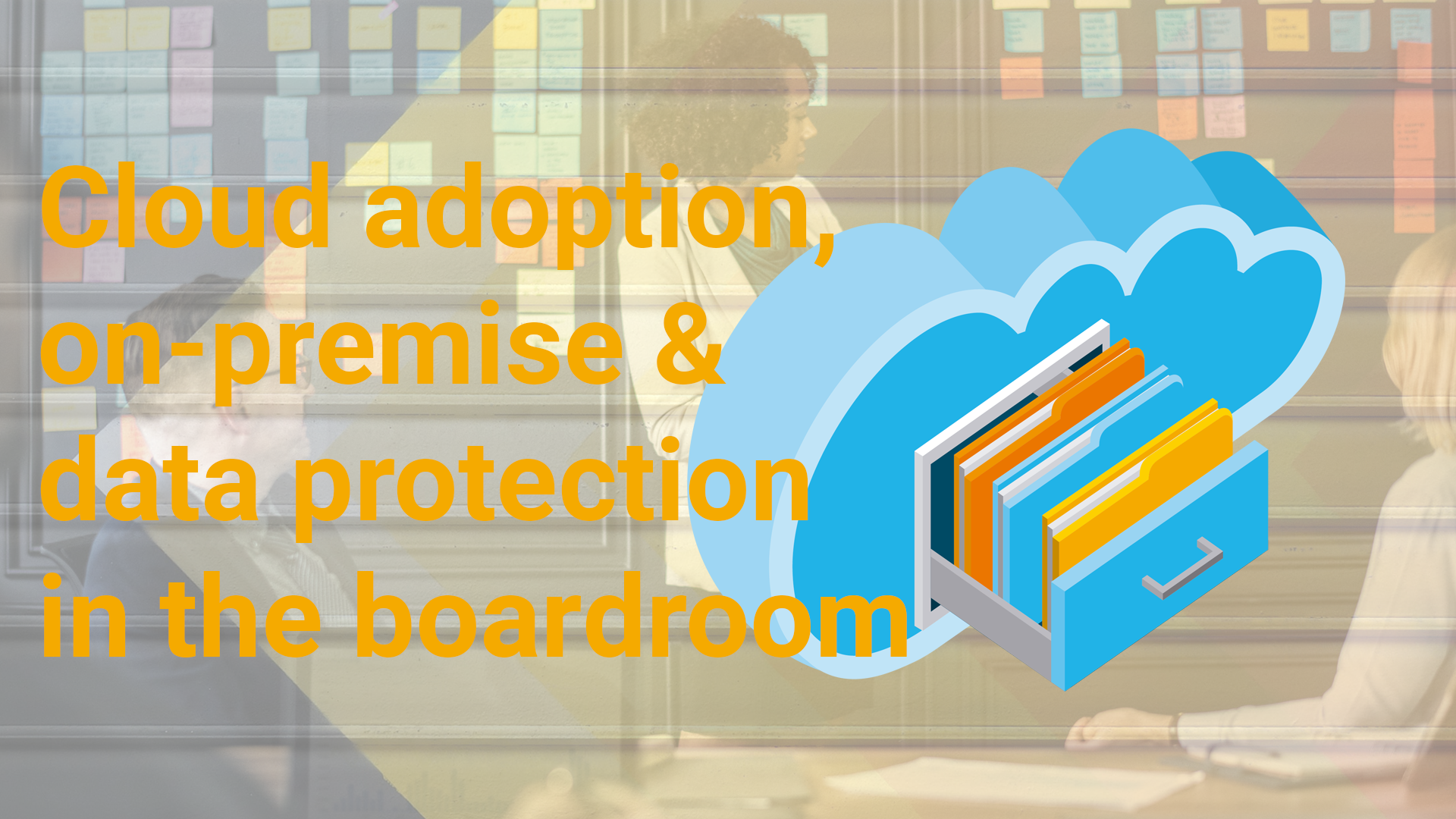Over the past several years, cloud computing has matured to a point when it has become a trusted alternative to on-premise IT systems. Today, a growing number of companies adopt a cloud-first strategy and look at cloud solutions as their preferred option. Even financial or government sectors, which tend to be rather conservative, are now adopting public cloud technologies in some countries.
Want to choose the right cloud service provider that best fits your business? Consider a cloud solution like SkyFlok.
SkyFlok is a privacy-by-design file storage and secure sharing service that simplifies the process to go to the cloud. SkyFlok protects your data by spreading it across multiple cloud providers and cities of your choice as well as encrypting the original data prior to upload. We remove the need to trust any single cloud provider or location. You are in control of your files!
An important point is how the boardroom’s view of cloud computing has changed. For many organizations, the transition to the cloud became part of their digital transformation. While the boardroom executives may not understand all the technical details, they see cloud as a way of increasing their agility which is so important in the new digital age. With cloud, they can simply outsource a big part of the technical complexity and focus on their day-to-day business.
What are the main reasons businesses adopt cloud services and applications today?
When it comes to the cloud, the biggest benefits have always been the cost savings and flexibility. Initially, a lot of companies were quite sceptical of having their content outside their walls but quickly found the scalability, and potentially tremendous reduction in expenses was well worth the move. These days, integrating systems and finding synergies between platforms is easier than ever, empowering even more organizations to adopt commoditized infrastructure. Because the capabilities of the platform are ever expanding, the barriers to entry are constantly being removed as more organizations realize the value of cloud-hosted solutions.
What are the ongoing challenges of cloud adoption?
Companies will always be protective of their data and with good reason. With new security breaches announced daily, it’s imperative that organizations define and adopt strict security guidelines for protecting the information they collect and how it is used. Because of geography and compliance limitations, many of these regulations often present a challenge to companies wishing to move to the cloud. Cloud vendors are constantly looking to remove these roadblocks, however, some government and private sector organizations continue to shy away from cloud-hosted technologies, citing security and accessibility concerns. Additionally, many businesses have previously made significant investments in on-premise infrastructure, prohibiting them from abandoning their current solution for a cloud-based model.
When it comes to security and data privacy, businesses should always pay attention. However, they shouldn’t presume the public cloud would be less secure by design. It’s always important to look at the given situation and ask yourself “What are the risks of putting my data into public cloud?” and “How do I make my data more secure by keeping them on-premise?” Data privacy is obviously a major topic due to the GDPR and it’s important to understand the implications of storing personal data in a cloud service. In particular, you need to know where the data is stored and how it’s managed. Some cloud service providers are ready to answer these vital questions, while others – especially those who do not operate in Europe – are still trying to figure out how to become compliant.
What advantages to businesses that are ‘born in the cloud’ have over legacy businesses?
The challenge of legacy businesses is that they aren’t able to move all their systems to the cloud in one step. So they may need to combine on-premise and cloud services at the same time and ensure they’re integrated. As a result, their initial investment is higher and they will see the benefits over a longer period of time. The cloud-native businesses have the freedom to choose their own stack of cloud services that meet their needs best and start using them right away. Modern cloud services enable a much easier integration using standardized APIs (application programming interfaces) and often come with out-of-the-box connectors to other major cloud services.
Are we reaching a saturation point for the industry or is there still further to go in driving adoption and understanding?
Cloud computing will never fully replace on-premise solutions. There will continue to be a market for both, as organizations determine which solution is the best fit for their business. While there has been significant adoption of the cloud in the industry, many other organizations have not yet moved their systems, due to previous investments in on-premise infrastructure. Until those companies feel the pain of updating their hardware to the latest systems, there will continue to be a need for the promotion and advocacy of the cloud within the community. And due to the accelerated evolution and innovation of the platform, the need for education on cloud capabilities and usefulness is always present.
In the future, expect to see businesses continue adopting the cloud due to increasing competitive forces in the market. As the markets evolve ever more quickly, businesses clearly need to become much agiler – from the Boardroom down – and that’s where cloud can definitely help.
Click here to view original web page at www.comparethecloud.net







